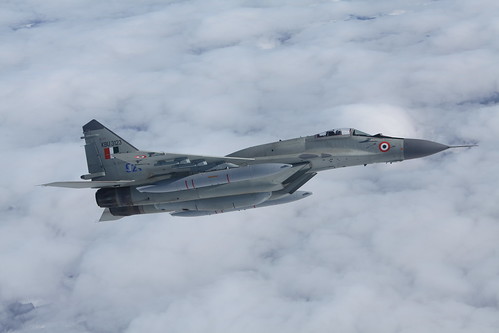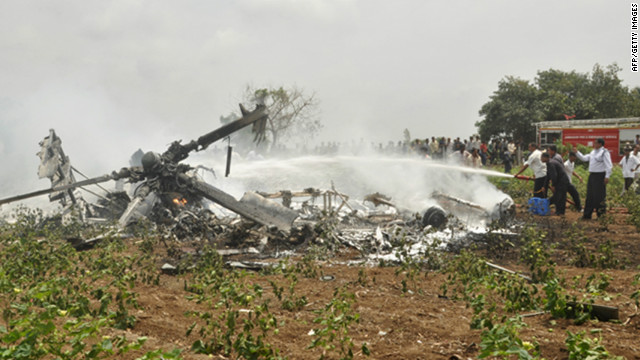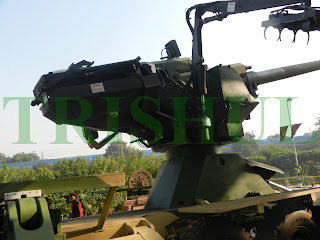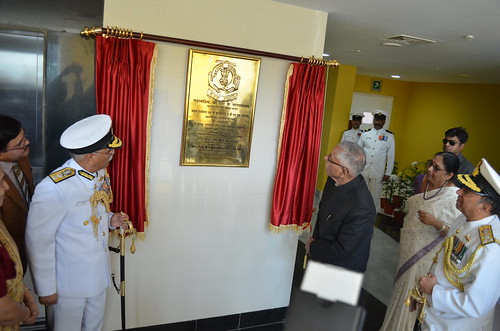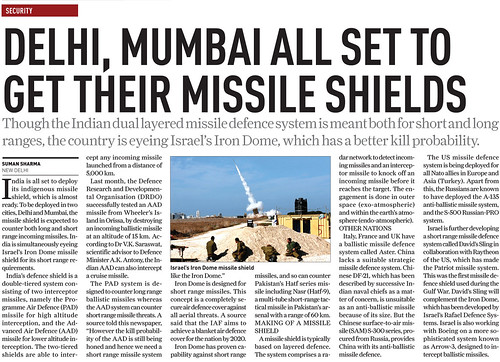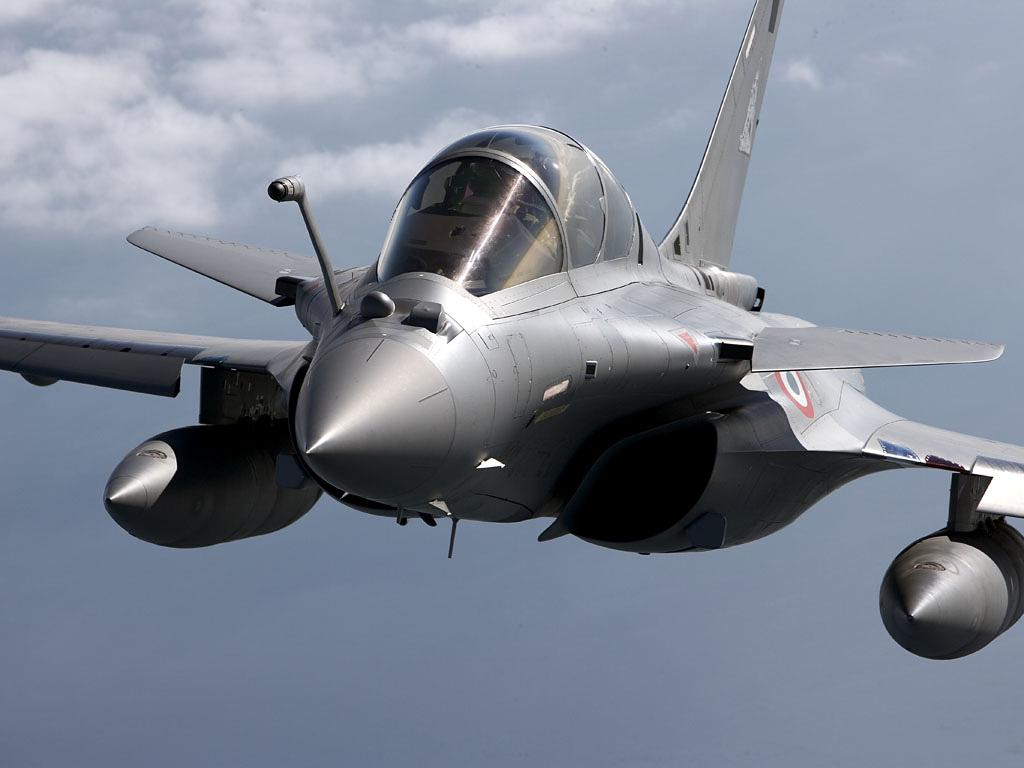Half a
century ago, the 7th Infantry Brigade of the Indian Army earned the
dubious distinction of disintegrating in less than a week against a
better-prepared and numerically superior Chinese forces in the Kameng
sector of NEFA, now Arunachal Pradesh.
Brig. John Dalvi's landmark book Himalayan Blunder has recorded in detail the humiliation that the Brigade suffered under him for no fault of its own. That book, a must read for those who want to study and understand the causes of India's military defeat in 1962, now adorns the bookshelves of almost all military libraries.

Now, by sheer coincidence, there is another must read book on the 7th Infantry Brigade. Ours not to reason why, written by Brigadier Ravi Palsokar, who commenced the command of the Brigade exactly 25 years ago (on 21st December 1987) when it was deployed in North Sri Lanka as part of the IPKF (Indian Peace Keeping Force), is a detailed account of what and how the Indian Army fought in an alien environment.
Written as a simple, first hand account of the brigade's involvement first in 'peace keeping' and later in counter-insurgency operations, Brig. Palsokar's narrative is brutally honest to the point of being harsh on himself and of course the senior politico-military-diplomatic leadership of the country in that period.
The scope of the book is limited to the 7 Brigade's AOR which was, ironically, the Mullaitivu area of Northern Sri Lanka where LTTE's ruthless guerilla leader Vellupillai Prabhakaran met his brutal end in May 2009 (see my book: Sri Lanka: From War to Peace; Haranand, 2009).
The Brigade was given twin tasks of keeping the main arterial road between Vavuniya and Jaffna open and dominate its area of operation which also happened to be the stronghold of the LTTE. While the first task, Brig. Palsokar says, was easy, the second was not. "Domination was the trickier task as it was not clear as to what this exactly meant," he writes.
He could be talking about the entire IPKF deployment!
A quarter century later, that ambiguity about IPKF's main objective for that three-year foray continues to haunt those who participated in the tour of duty. Brig Palsokar writes: "All strategy is driven by political aims. This in Sri Lanka was a question mark. We tended to confuse between genuine political aims and political expediency. Hindsight tells us that we treated political expediency as strategy and consequently suffered for it."
While many observers and analysts have blamed the diplomatic and political leadership (Rajiv Gandhi in particular) for the haste with which India sent its armed forces into Sri Lanka, Brig. Palsokar digs out a remark made by Gen. K. Sundarji in 1991, a year after IPKF was officially withdrawn from the island, to throw light on the follies of the Indian military leadership.
Sundarji reportedly made the remark at the Third DR Mankekar lecture on 13 Feb 1991. There he said: "India's intervention into Sri Lanka had no national strategy, which placed commanders and troops in an unacceptable and impossible position. When the government in power (Rajiv Gandhi's) took a decision to adopt a hard option against the LTTE, it turned out to be nasty move. The problem could have been avoided if the decisions taken had formed part of a well developed National Security Strategy which the Parliament and the people were aware of."
An astonishing admission from the Chief who appears to have accepted a task for his army that he did not believe in himself!
Yet, Brig. Palsokar, a second generation Guards officer (his son too serves in the Army), who suffered in his latter career for having stood by his troops, writes a moving account of small, tactical but important battles in what was the most difficult theatre of war among the four sectors where IPKF was involved. He is generous to a fault in praising his subordinates, analysing the effectiveness of the extraordinarily courageous paratroopers and very frank in admitting his and his brigade's shortcomings.
The book actually fills a void. While diplomats like JN Dixit and Generals like SC Sardeshpande have written books on the IPKF and/or India's Sri Lanka policy in those turbulent years, it is the first time that we get to read real stories of real battles and heroism of ordinary jawans.
Most senior officers who led the IPKF operations have long retired but Brig. Palsokar's book does find a mention of at least three officers who later went on to become Lt. Generals--Hardev Lidder and Prakash Katoch, both of the Paras and Ata Hasnain, of the Garhwal Rifles.
Lt. Gen Syed Ata Hasnain is in fact the current Military Secretary at Army HQ!
Through this book Brig. Palsokar has paid tribute to the most positive aspects of human spirit that he witnessed among his men and officers in the most trying circumstances. "Officers and men were brave, not because they were expected to be so, but they were naturally brave. Their display of loyalty, generosity, team spirit and sacrifices were was spontaneous and did not need prompting. None of them acted with an eye towards personal glory or recognition...Even after quarter of a century, I remain filled with admiration and wonder at the professionalism and dedication of the ordinary Indian soldier, both officer and jawan."
It is to the author's credit that, despite the ill-treatment to the IPKF in officialdom (there was not a single official or citizen to receive or welcome the disembarking men at Madras when they returned home), he has not shown any rancour in his writing. He begins by quoting Shakespeare, Henry V:
Brig. John Dalvi's landmark book Himalayan Blunder has recorded in detail the humiliation that the Brigade suffered under him for no fault of its own. That book, a must read for those who want to study and understand the causes of India's military defeat in 1962, now adorns the bookshelves of almost all military libraries.

Now, by sheer coincidence, there is another must read book on the 7th Infantry Brigade. Ours not to reason why, written by Brigadier Ravi Palsokar, who commenced the command of the Brigade exactly 25 years ago (on 21st December 1987) when it was deployed in North Sri Lanka as part of the IPKF (Indian Peace Keeping Force), is a detailed account of what and how the Indian Army fought in an alien environment.
Written as a simple, first hand account of the brigade's involvement first in 'peace keeping' and later in counter-insurgency operations, Brig. Palsokar's narrative is brutally honest to the point of being harsh on himself and of course the senior politico-military-diplomatic leadership of the country in that period.
The scope of the book is limited to the 7 Brigade's AOR which was, ironically, the Mullaitivu area of Northern Sri Lanka where LTTE's ruthless guerilla leader Vellupillai Prabhakaran met his brutal end in May 2009 (see my book: Sri Lanka: From War to Peace; Haranand, 2009).
The Brigade was given twin tasks of keeping the main arterial road between Vavuniya and Jaffna open and dominate its area of operation which also happened to be the stronghold of the LTTE. While the first task, Brig. Palsokar says, was easy, the second was not. "Domination was the trickier task as it was not clear as to what this exactly meant," he writes.
He could be talking about the entire IPKF deployment!
A quarter century later, that ambiguity about IPKF's main objective for that three-year foray continues to haunt those who participated in the tour of duty. Brig Palsokar writes: "All strategy is driven by political aims. This in Sri Lanka was a question mark. We tended to confuse between genuine political aims and political expediency. Hindsight tells us that we treated political expediency as strategy and consequently suffered for it."
While many observers and analysts have blamed the diplomatic and political leadership (Rajiv Gandhi in particular) for the haste with which India sent its armed forces into Sri Lanka, Brig. Palsokar digs out a remark made by Gen. K. Sundarji in 1991, a year after IPKF was officially withdrawn from the island, to throw light on the follies of the Indian military leadership.
Sundarji reportedly made the remark at the Third DR Mankekar lecture on 13 Feb 1991. There he said: "India's intervention into Sri Lanka had no national strategy, which placed commanders and troops in an unacceptable and impossible position. When the government in power (Rajiv Gandhi's) took a decision to adopt a hard option against the LTTE, it turned out to be nasty move. The problem could have been avoided if the decisions taken had formed part of a well developed National Security Strategy which the Parliament and the people were aware of."
An astonishing admission from the Chief who appears to have accepted a task for his army that he did not believe in himself!
Yet, Brig. Palsokar, a second generation Guards officer (his son too serves in the Army), who suffered in his latter career for having stood by his troops, writes a moving account of small, tactical but important battles in what was the most difficult theatre of war among the four sectors where IPKF was involved. He is generous to a fault in praising his subordinates, analysing the effectiveness of the extraordinarily courageous paratroopers and very frank in admitting his and his brigade's shortcomings.
The book actually fills a void. While diplomats like JN Dixit and Generals like SC Sardeshpande have written books on the IPKF and/or India's Sri Lanka policy in those turbulent years, it is the first time that we get to read real stories of real battles and heroism of ordinary jawans.
Most senior officers who led the IPKF operations have long retired but Brig. Palsokar's book does find a mention of at least three officers who later went on to become Lt. Generals--Hardev Lidder and Prakash Katoch, both of the Paras and Ata Hasnain, of the Garhwal Rifles.
Lt. Gen Syed Ata Hasnain is in fact the current Military Secretary at Army HQ!
Through this book Brig. Palsokar has paid tribute to the most positive aspects of human spirit that he witnessed among his men and officers in the most trying circumstances. "Officers and men were brave, not because they were expected to be so, but they were naturally brave. Their display of loyalty, generosity, team spirit and sacrifices were was spontaneous and did not need prompting. None of them acted with an eye towards personal glory or recognition...Even after quarter of a century, I remain filled with admiration and wonder at the professionalism and dedication of the ordinary Indian soldier, both officer and jawan."
It is to the author's credit that, despite the ill-treatment to the IPKF in officialdom (there was not a single official or citizen to receive or welcome the disembarking men at Madras when they returned home), he has not shown any rancour in his writing. He begins by quoting Shakespeare, Henry V:
"We are but warrior for the working day;
our gayness and our gilt are all besmirch'd
with rainy marching in the painful field;
Obviously a well read man, Brig. Palsokar's choice for the title of the book Ours not to reason why... (ours but to do and die), taken from a poem by Alfred Lord Tennyson, truly sums up the attitude of the Indian soldier.
